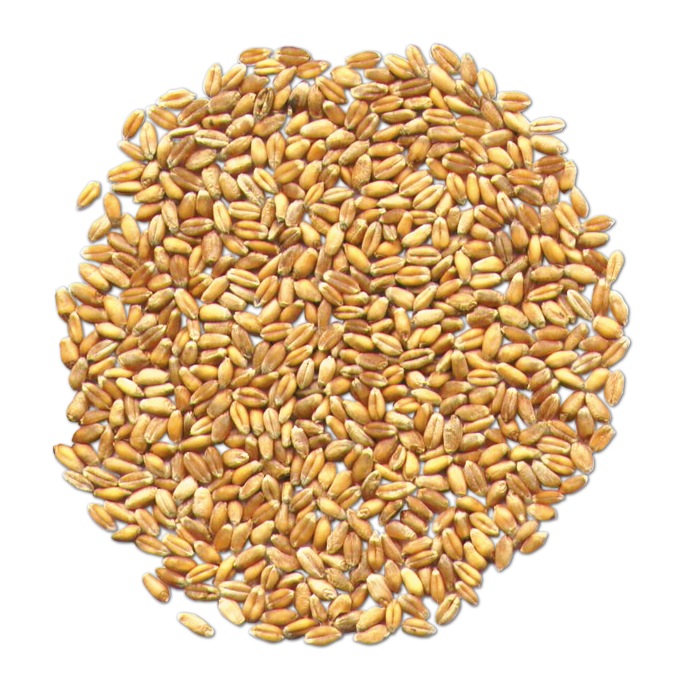There have been recent farm press talks about the lack of fusarium head blight and associated vomi problems in organic wheat.
Organic farmers do not spray with fungicides so how can that be? Some experts say that in a fusarium area and year there is no way to grow wheat without spraying with a fungicide.
In my experience, fungicide is a band-aid at best, not a solution. It is impossible to spray at the “right” time because a crop of wheat does not flower all at once. There is a best possible time, but not a right time.
Read Also

Claas brings 1000 Series SP forage harvesters to Canada
In mid-August, Claas unveiled its new line of Jaguar forage harvesters at an event in Visalia, California, deep in the heart of that state’s dairy region.
So, what magic do the organic farmers have? Perhaps they are using older or different varieties that are more resistant to fusarium, but I very much doubt that.
I may be wrong, but I think the answer is this:
As “conventional” farmers we have a lot of wheat in a continuous crop system with little or no tillage and plenty of nitrogen to insure a good crop and high protein. We are shooting for 50 to 60 bushels per acre — some much more — with a high seeding rate and high plant population to reduce tillering and tighten up flowering time. We also hope we can get $6/bu. and maybe even $8 but seldom more.
All of the above contribute to acquiring and maintaining adequate inoculum of fusarium to keep us in hot water whenever conditions are right. (See my column in the March 17, 2017 issue of Grainews for what constitutes “right” conditions.)
It has been my observation that the worst affected heads have been in the part of the field that produced the very best crop where there was plenty of nitrogen and water.
And, I think those very good areas may produce very healthy fusarium because of not only the moisture in the air, but the NH3 that is in that moisture. And, we know nothing about NH3 in the atmosphere. I think it is time we learned.
Organic farmers use no N fertilizer and lots of tillage, including summerfallow in many cases, and can do quite well with a 20 or 30 bushel crop of what that they hope to sell for $20/bu. Such a production scheme leaves no room for fusarium to develop and maintain inoculum in the soil.
















